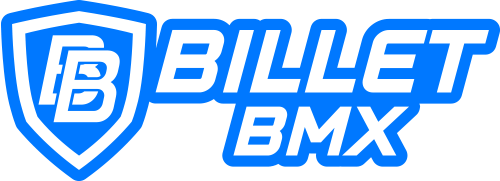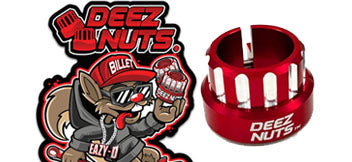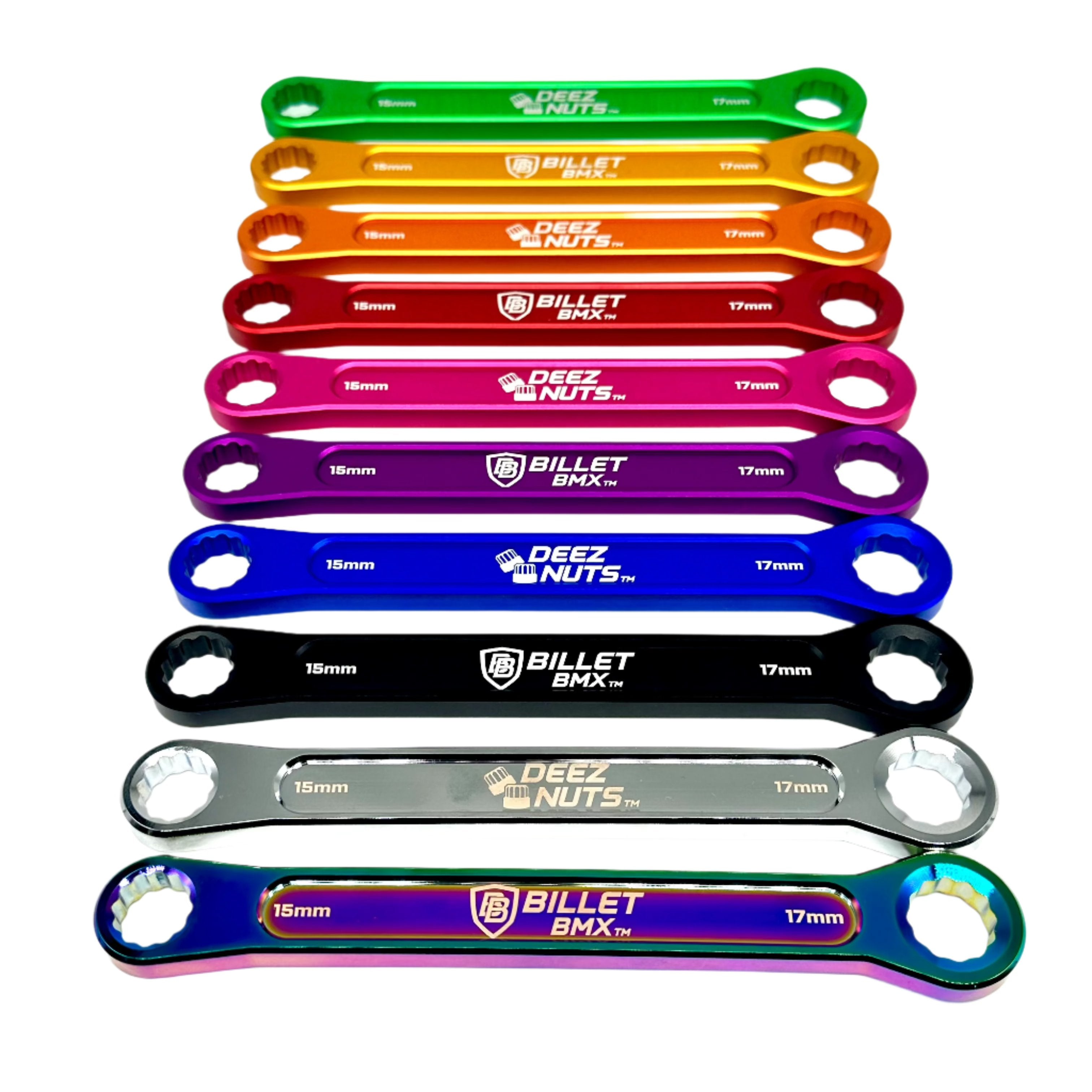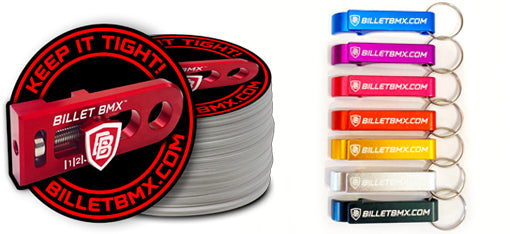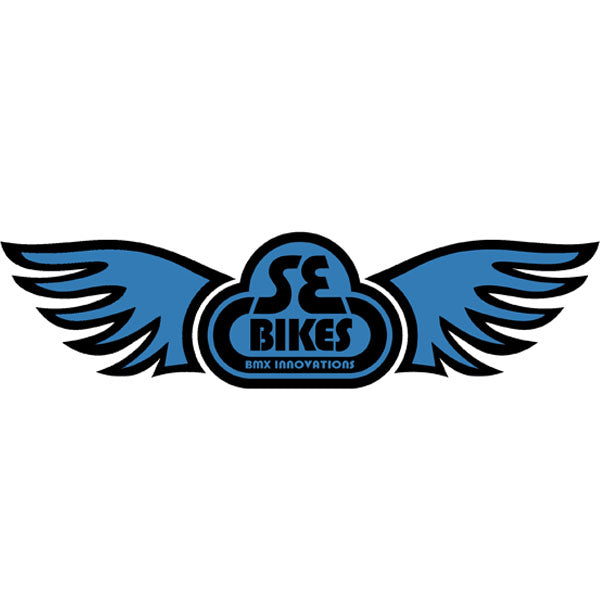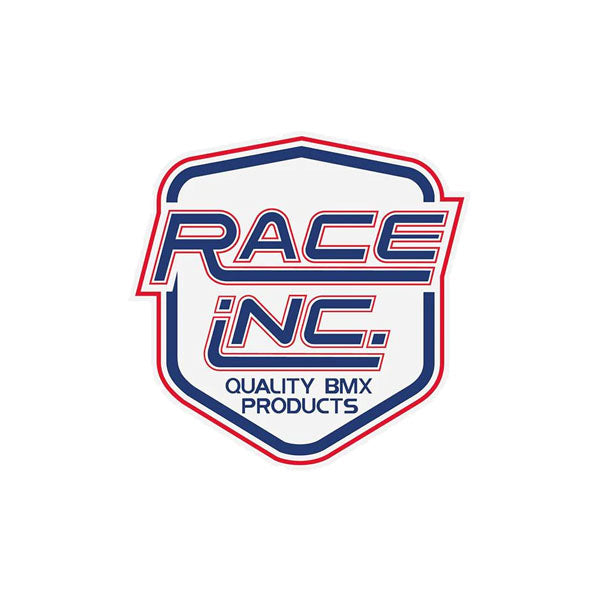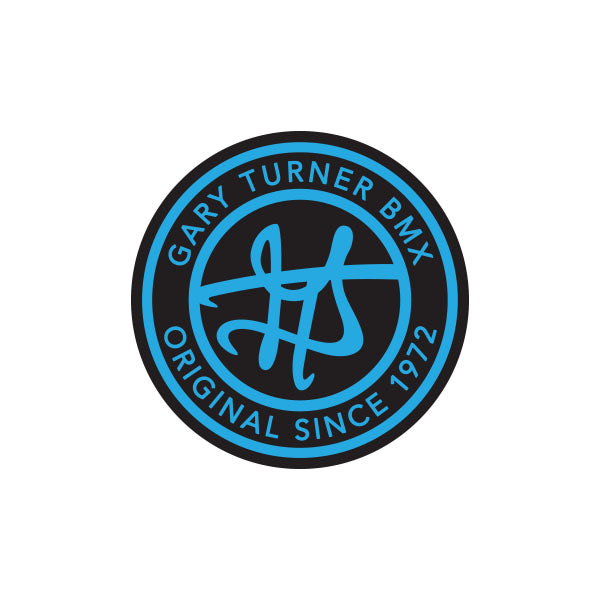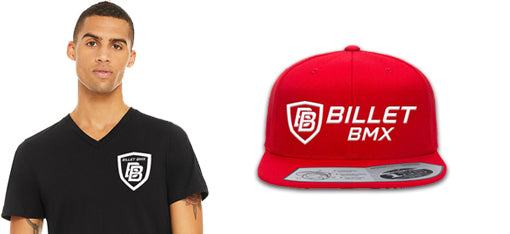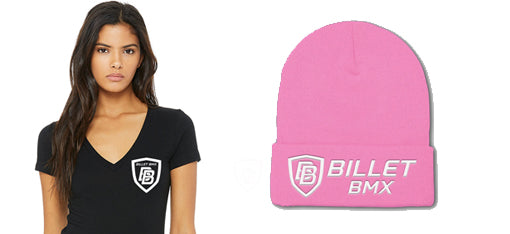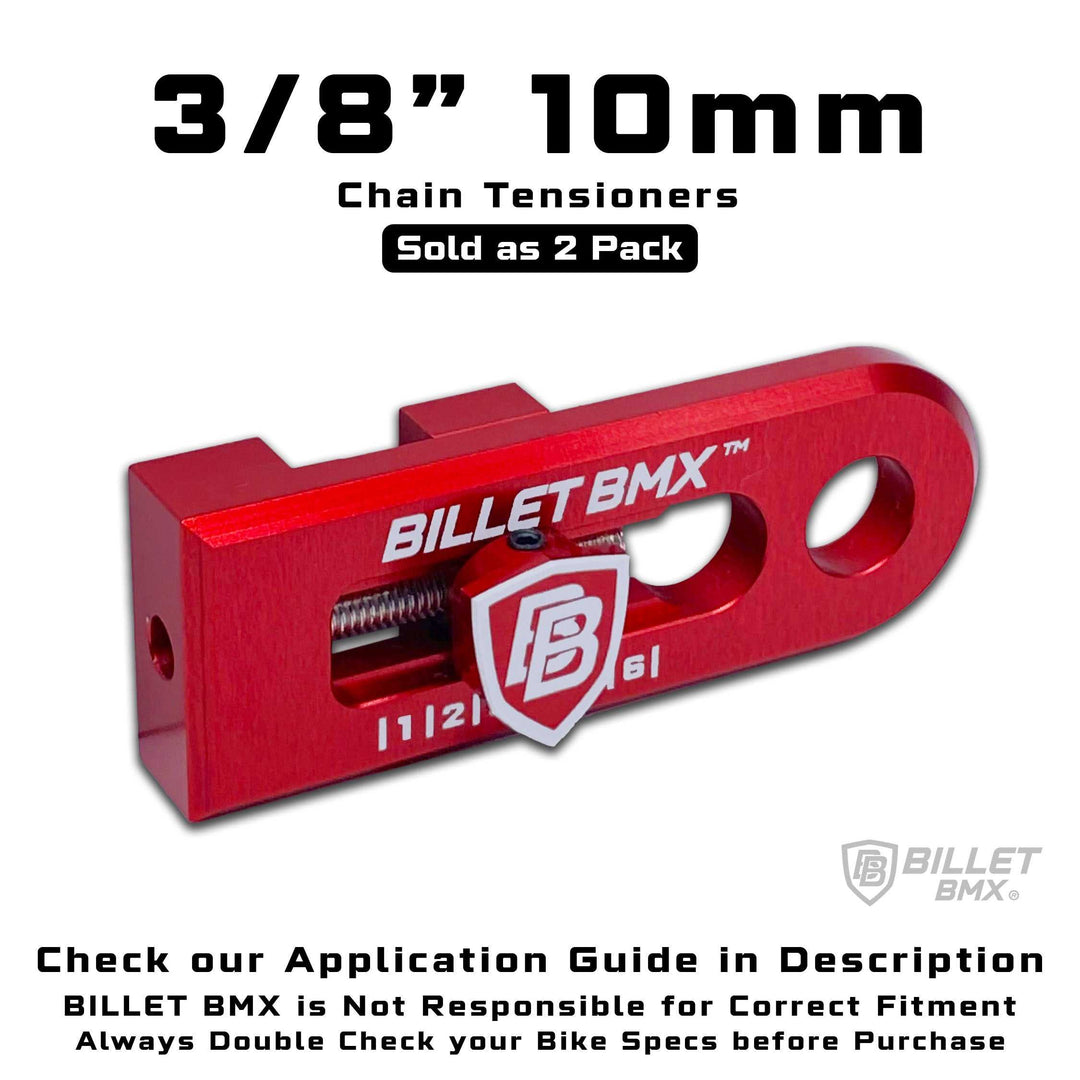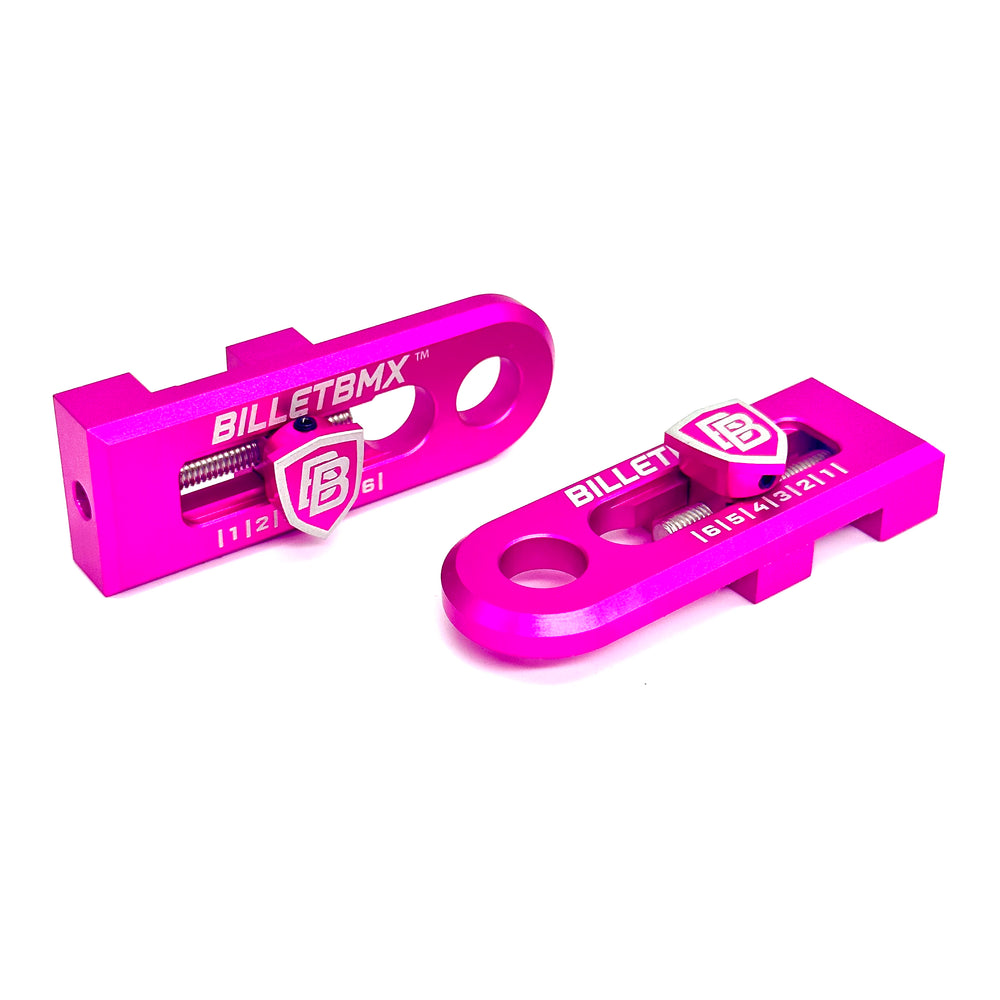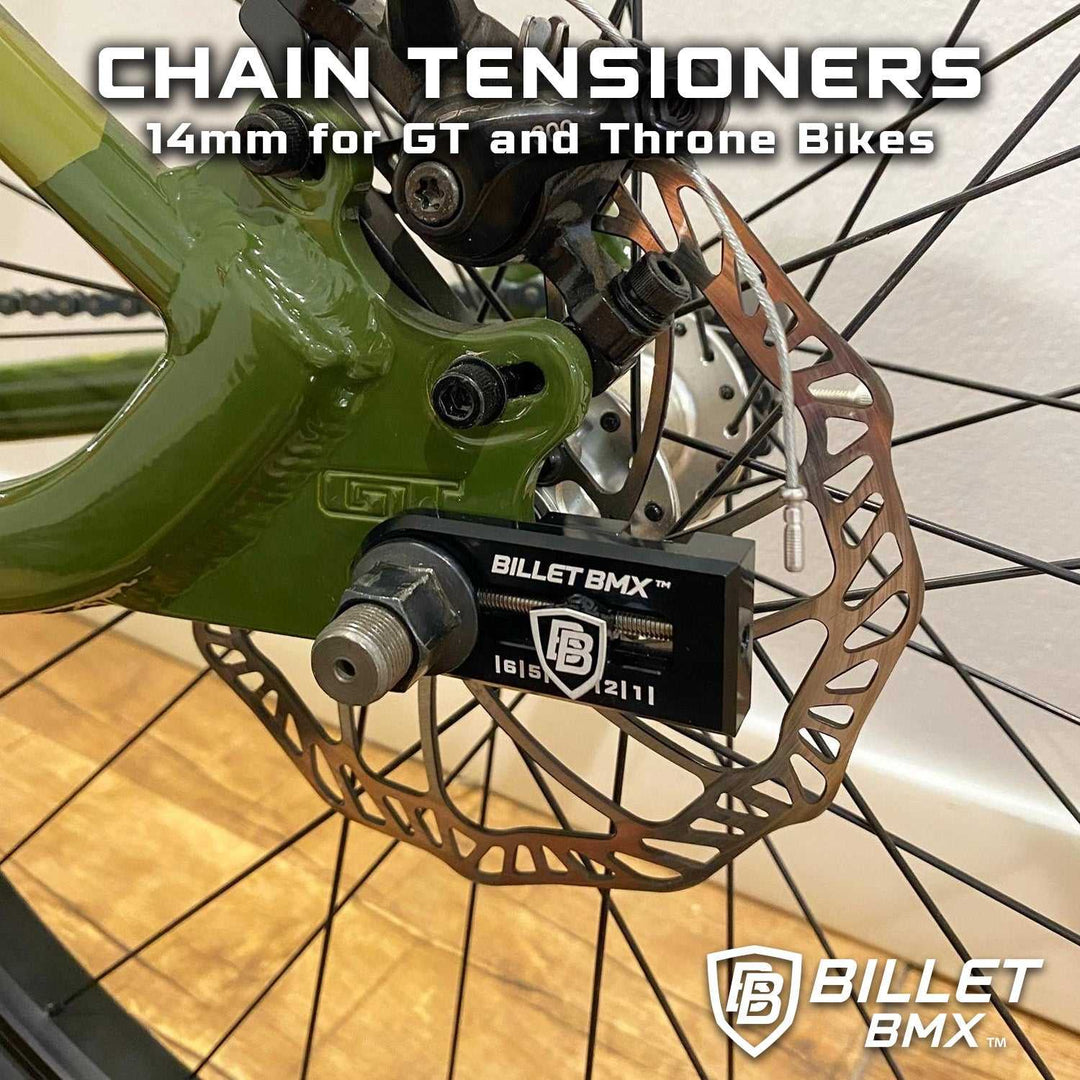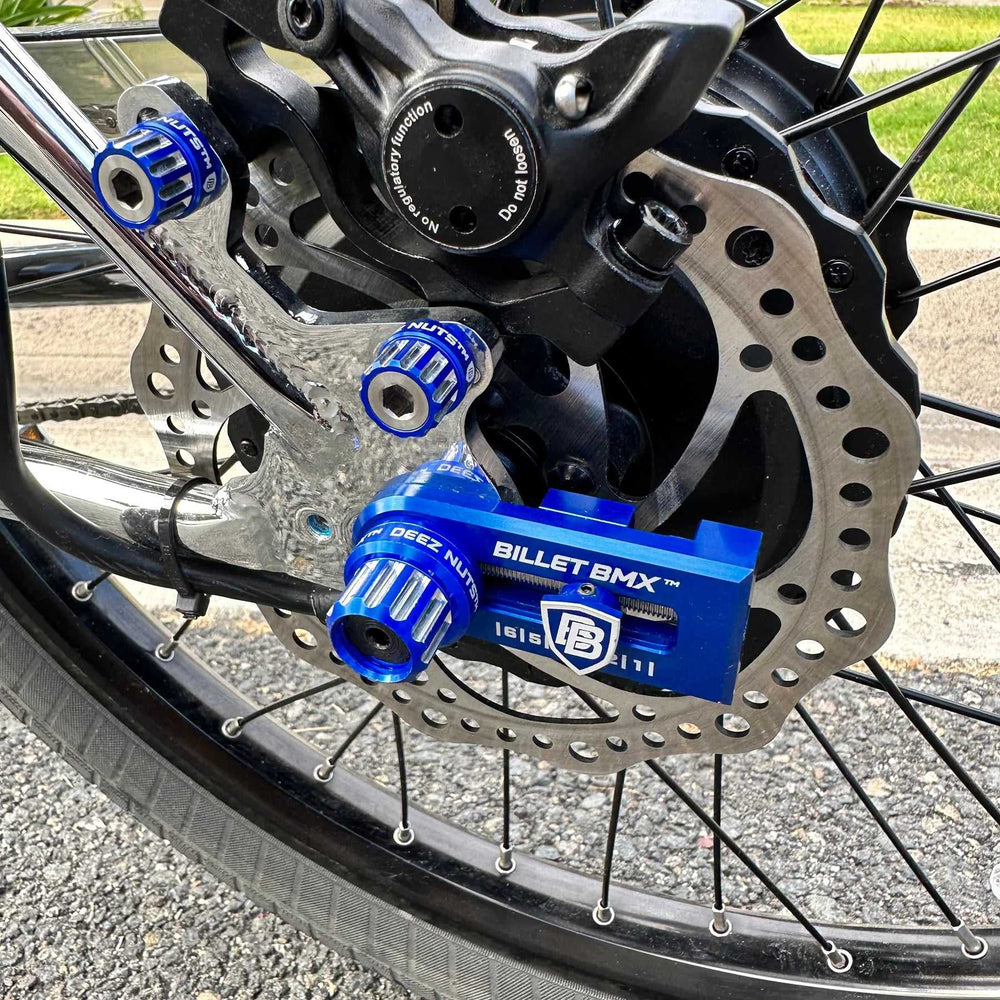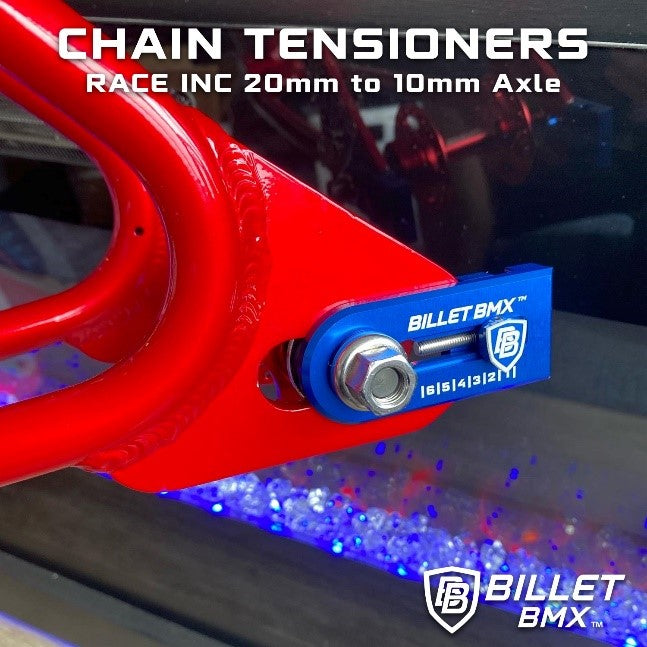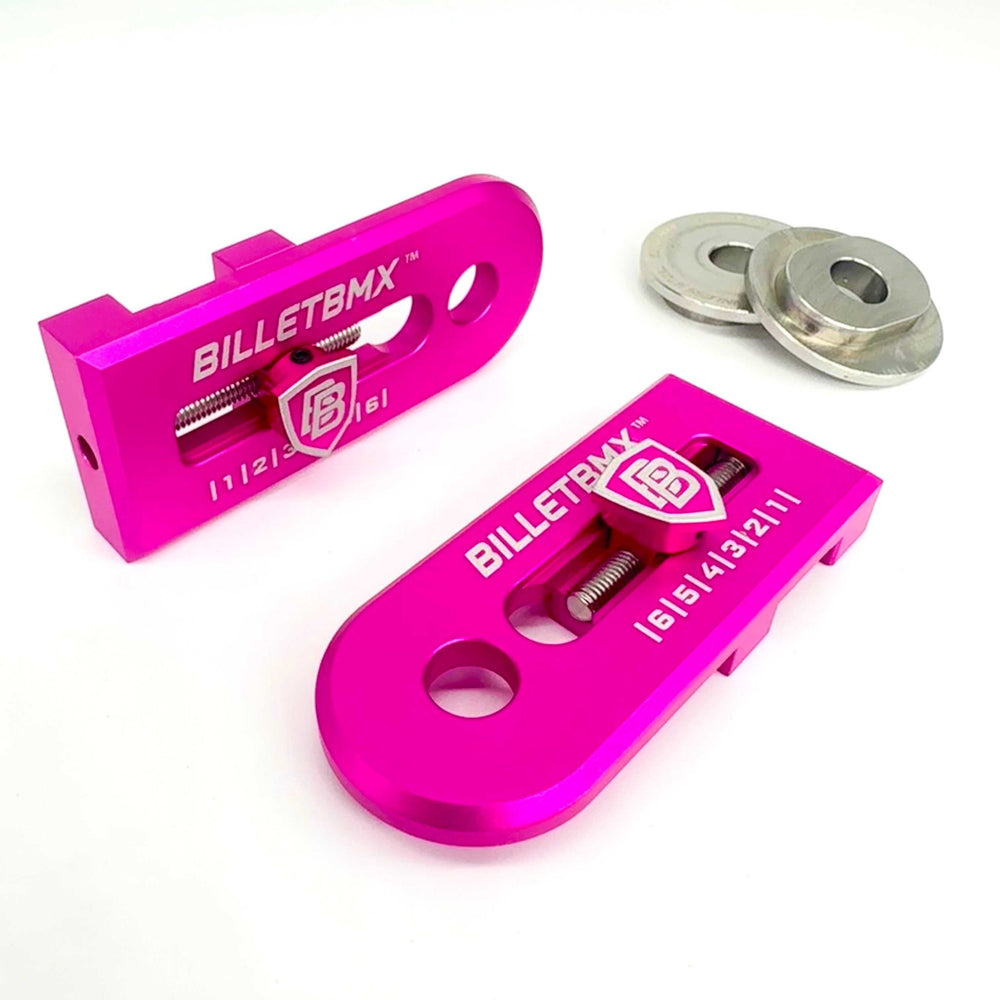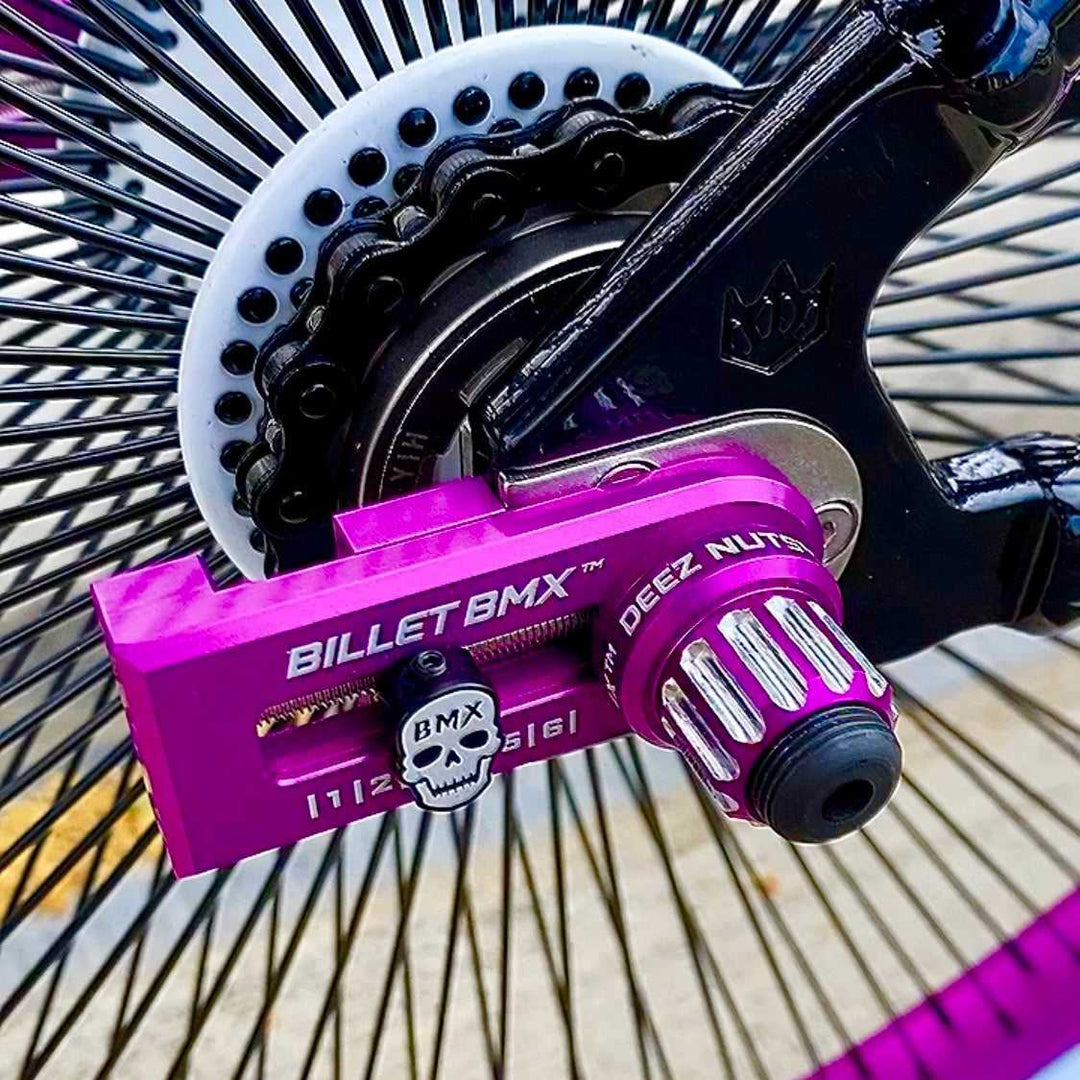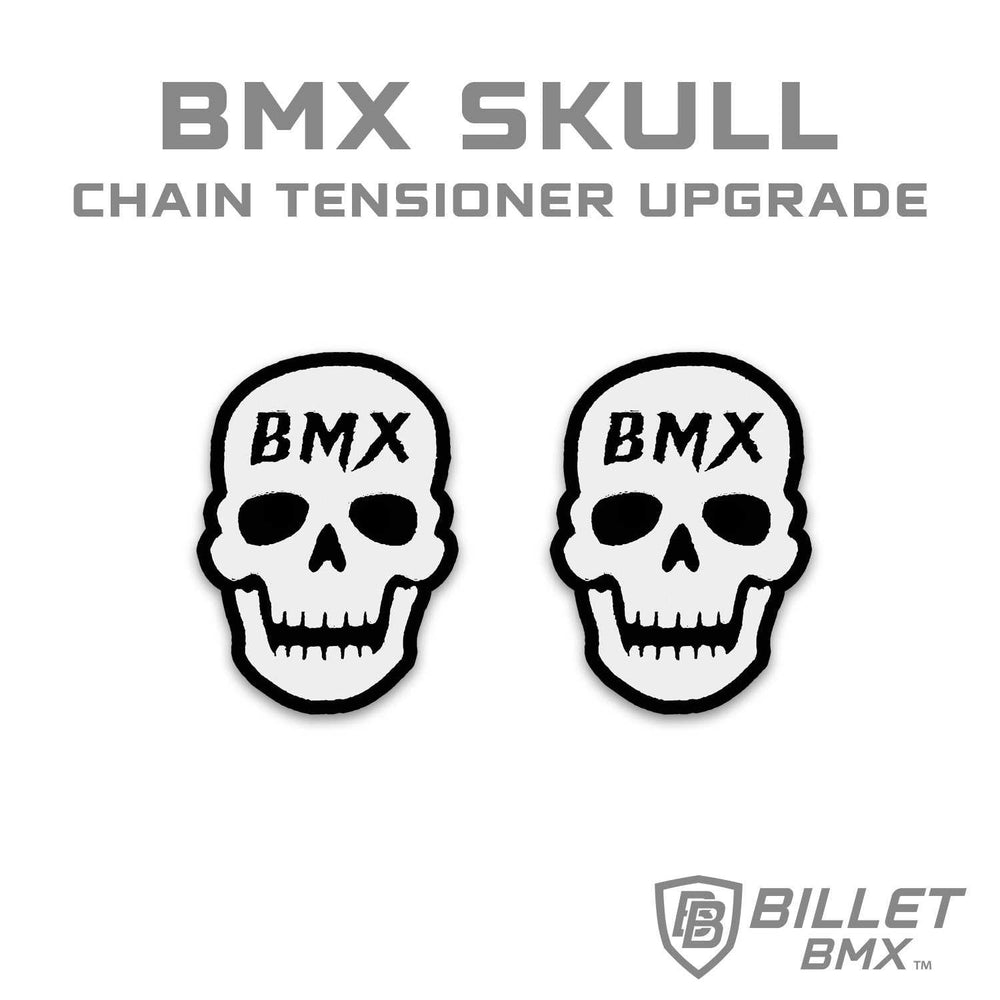How to Maintain and Upgrade Your BMX Brakes

Your BMX brakes are a crucial component for safety and control, whether you’re riding at the skatepark, on the streets, or racing. Regular maintenance ensures optimal braking performance, while upgrades can improve responsiveness and durability. In this guide, we’ll cover how to maintain and upgrade your BMX brakes like a pro.
Understanding BMX Brakes
BMX bikes typically use U-brakes, though some riders opt for caliper brakes, V-brakes, or even brakeless setups for specific riding styles. Knowing what type of brakes your bike has will help you maintain and upgrade them effectively.
Common BMX Brake Types:
-
U-Brakes: Found on freestyle and street BMX bikes, offering strong braking power with a compact design.
-
V-Brakes: Common on racing BMX bikes, providing excellent stopping power.
-
Caliper Brakes: Found on some entry-level BMX bikes, but less common for serious riders.
-
Brakeless Setup: Preferred by some advanced street riders for unrestricted movement and tricks.
How to Maintain Your BMX Brakes
Keeping your brakes in top condition requires regular cleaning, adjustment, and replacement of worn-out components.
Step-by-Step Brake Maintenance:
a) Clean the Brake Pads and Rims
-
Dirt and debris can reduce braking efficiency.
-
Use a clean rag with rubbing alcohol to wipe the brake pads and rims.
-
Check the pads for excessive wear and replace if necessary.
b) Inspect and Adjust Brake Cables
-
If your brakes feel sluggish, the cables may be stretched or dirty.
-
Apply a small amount of lubricant to the cable housing for smoother operation.
-
Adjust the cable tension using the barrel adjuster or by tightening the anchor bolt.
c) Check for Proper Brake Alignment
-
Ensure both brake pads make even contact with the rim.
-
Adjust the pad positioning using the mounting bolts.
-
Avoid toe-in (having one part of the pad touch first) unless needed for better modulation.
d) Tighten Loose Bolts
-
Regularly check and tighten the brake arms, levers, and cable pinch bolts to prevent unwanted movement.
e) Test Brake Lever Responsiveness
-
Squeeze the BMX brake lever to ensure it engages smoothly and stops the wheel effectively.
-
If it feels too loose or tight, fine-tune the cable tension.
Upgrading Your BMX Brakes
If you want to enhance your braking performance, consider upgrading key components.
a) Brake Pads
-
Stock brake pads often wear out quickly.
-
Upgrade to soft compound pads for better grip or hard compound pads for durability.
b) Cables and Housing
-
Teflon-coated cables provide smoother braking and reduce friction.
-
High-quality cable housing can prevent kinking and improve responsiveness.
c) Brake Lever
-
A lightweight alloy brake lever with adjustable reach offers better control and durability.
d) Upgraded U-Brake Arms
-
Stronger brake arms, such as those made from forged aluminum or chromoly, provide improved stopping power.
e) Gyro System (for Freestyle Riders)
-
A gyro detangler allows you to spin the handlebars 360 degrees without tangling brake cables.
Troubleshooting Common Brake Issues
-
Squeaky Brakes? Clean the pads and rims; adjust pad positioning.
-
Brake Drag? Ensure the pads aren’t rubbing the rim when not engaged.
-
Weak Braking Power? Check for worn-out pads, loose cables, or contamination.
-
Sticky Brake Lever? Lubricate the cable and check for bends in the housing.
Final Thoughts
Maintaining and upgrading your BMX brakes ensures a safer and smoother riding experience. Regular maintenance prevents performance issues, and strategic upgrades can significantly improve control and stopping power. If you're looking for high-quality BMX brake parts and accessories, Explore Billet BMX for the best selection of components to enhance your ride.
